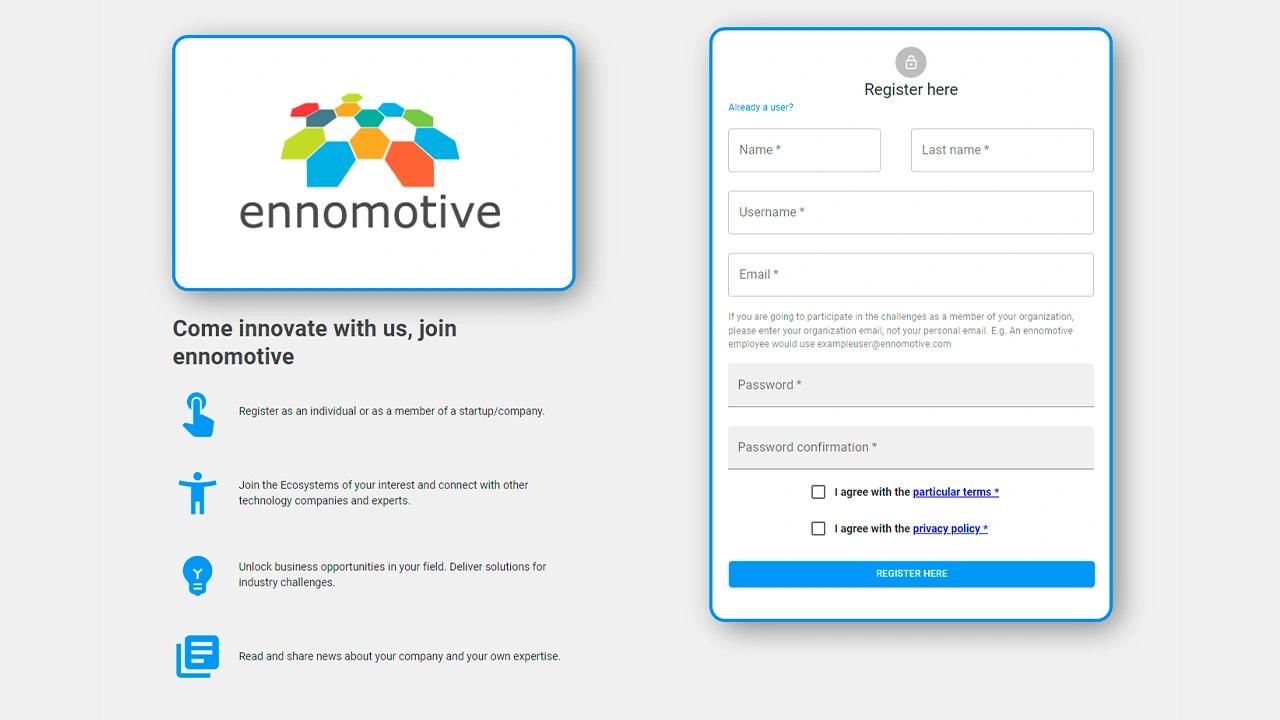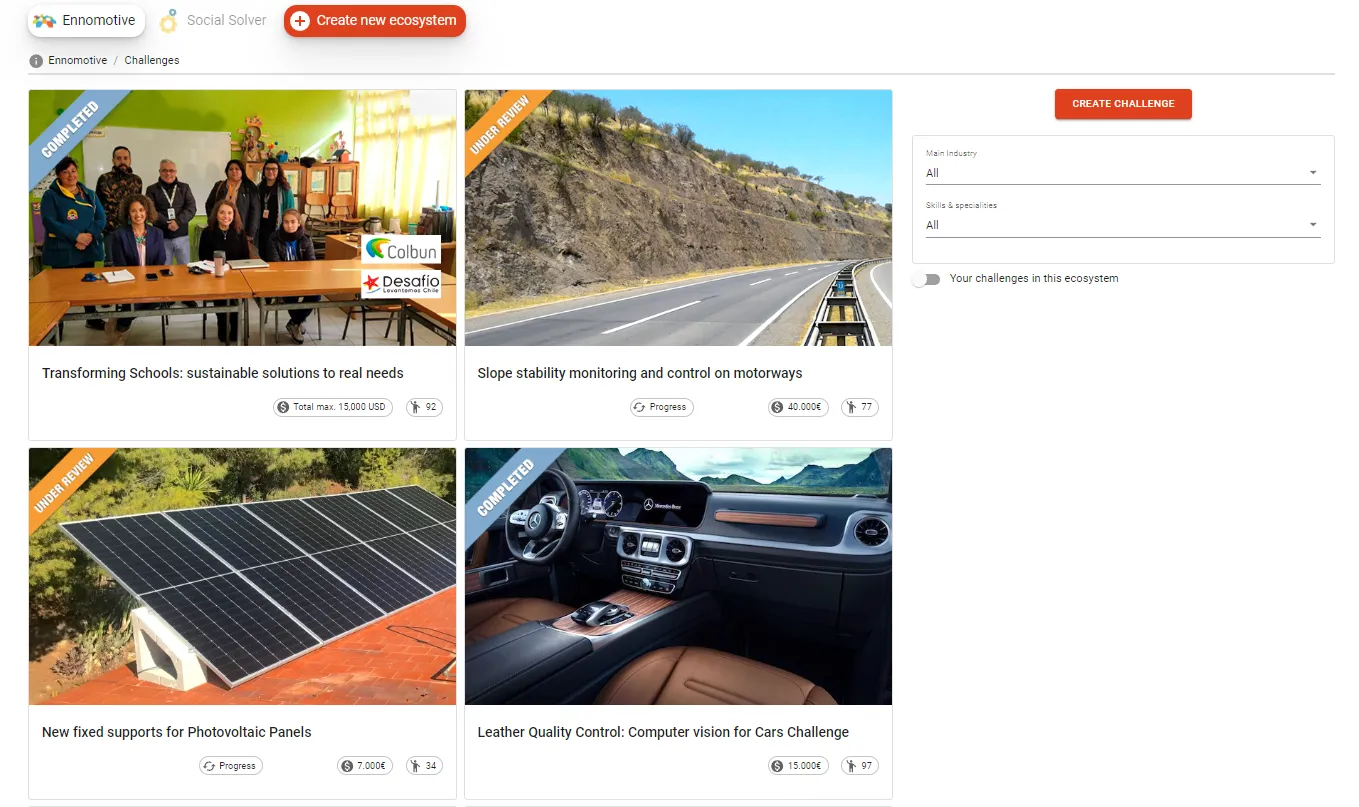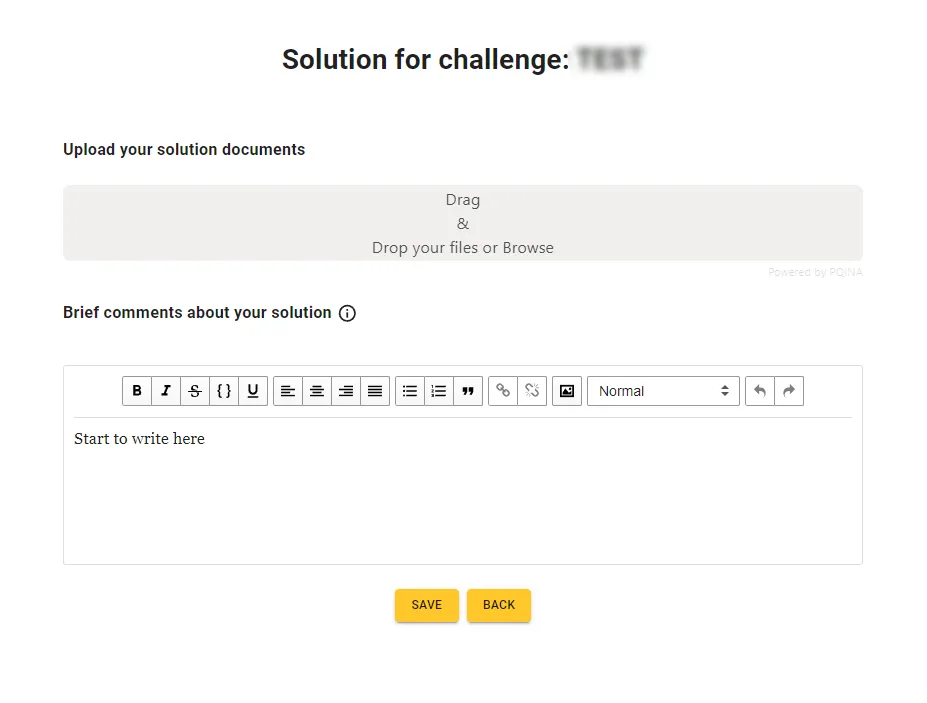Background
The client is a world leader cement manufacturer. The company is always trying to improve its workers’ health conditions and move forward its strategy on the conservation of the environment.
The challenge
During the cement manufacturing process, the raw material is delivered from the quarry and, after going through the raw mill and the rotary kiln, the resulting clinker is stored inside a 20,4 x 279m and 21m tall warehouse. The rate of arrival of the clinker is around 113 tonnes per hour. The clinker is stored using a bridge crane that was supposed to be automated, which was not possible mainly because of the amount of dust in the warehouse. This is very damaging for the electric and electronic equipment installed in the warehouse. The bridge crane is also used for feeding the hopper of the cement mill with the clinker and other materials stored in the same warehouse.
Since the bridge crane is not automated, one operator manually handles it from a control cabin.
The clinker’s temperature is 80-120º when it comes directly from the rotary kiln, peaking at 150-200º occasionally. It also comes with particles that can reach higher temperatures, even incandescent, which makes the clinker a very abrasive material.
The clinker is a product with a grading that ranges from 0 to 25mm and its particle size distribution depends mainly on the process, which is why clouds of dust are easily generated during the handling. There are 3 moments when the dust is produced in the storage warehouse:
- a.- When the clinker comes directly from the rotary kiln: it falls into the warehouse from a chimney with several windows. Depending on the height of the stored clinker, it falls through a higher or lower window. The operator usually tries to keep the height of the clinker besides the chimney at a high level to reduce the production of dust.
- b.- When the clinker comes from the storage silo: it is carried on a conveyor that finishes in the opening in the top part of the warehouse. It falls directly on the clinker hopper of the cement mill, using a metallic ramp with steps (see attached picture).
- c.- During the handling of the clinker with the grab of the bridge crane either to store it in the warehouse or to put it in the clinker loader hopper for the next process.
Even though the operator is in a pressurized control cabin inside the bridge crane, the dust may block his vision and so he must stop the process for safety reasons. In addition to damaging the equipment and machines operating inside the warehouse, which increases the maintenance costs, it also interferes with the control and automation elements, it accumulates on the concrete and steel beams of the structure.
Different methods have been tested in the past, but all of them could not meet the needs. These are the 2 attempts:
- Adding water, which made the clinker set and blocked one of the chimneys.
- Installing hinged hatches on the windows of the chimney, which ended up blocked and broken. The hatches are transported into the next process with the clinker where they can cause the blocking of hoppers and/or serious faults.
The warehouse was open initially, but the sides were covered. It will not be covered at the front and back until the dust problem is solved.
Find attached some plans of the storage of the clinker, pictures and videos of the process.
What the client is looking for
The challenge in this competition is to find a way to reduce the dust generated when the clinker comes from the rotary kiln and the storage silo (Points a and b). The dust generation from the handling with the bucket of the bridge crane (Point c) is out of the scope of this challenge.
This is a 3-round competition with the following deliverables:
First Round
A PDF with the solution that includes:
- Brief description / sketches of the constructed solution
- Commercial equipment that will be used.
- Estimated investment
- if the solution is not new, submit instances of other cases where this solution is being satisfactorily implemented.
In addition you can add attached documents to support your solution.
Second round
- Detailed design, with plans or 3D model. drawings?
- Specs of the proposed equipment
- Budget of the necessary investment
If required, additional information will be provided during the course of this round.
Third round
- Clarifications
- Validation tests for the solutions
Evaluation criteria
The evaluation criteria for each round are:
- Significant reduction of dust
- Lowest required investment
- Lowest maintenance needed
- Feasibility evidence
Timeline
This is a 3-round competition:
Round 1: 4 weeks + 2 weeks for evaluation
Round 2: 4 weeks + 2 weeks for evaluation
Round 3: 8 weeks + 1 week for final evaluation



